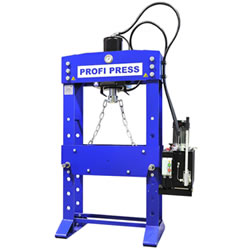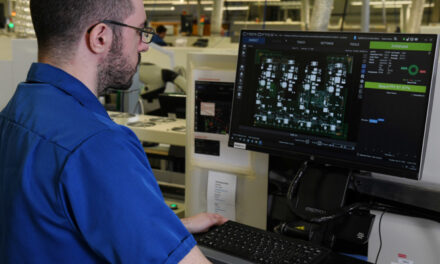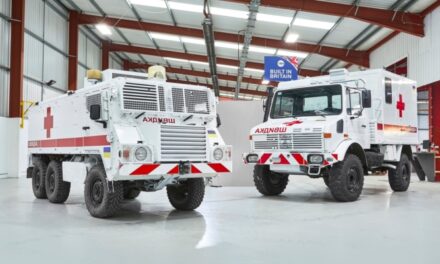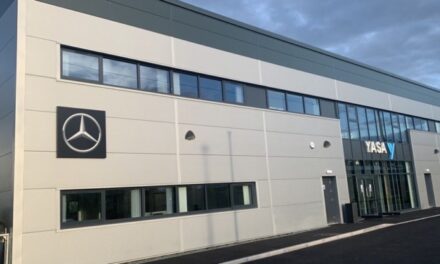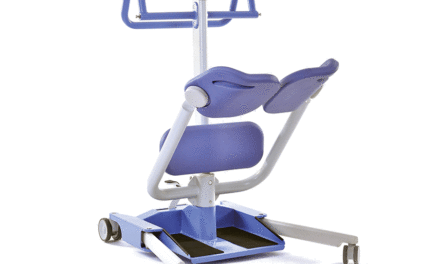There are so many types of metalworking machinery on the market. Therefore, it can sometimes be hard to differentiate each piece of machinery from one another. This is especially when it comes to press machines. Here at Workshop Press, we are one of the country’s leading suppliers of metal forming machines and metal fabrication equipment. We’ve got plenty of knowledge and experience under our belts when it comes to the different machines we can offer our customers. We often find ourselves advising on the mechanical press vs hydraulic press queries for metal fabrication/forming. So, we’ve created this blog to help you differentiate the two different types of press machines.
Mechanical Press Movements
The mechanical press is a press machine has mechanical connections between the power source and the main press piston or ram. One of the main power sources used in industry for a mechanical press is a flywheel and clutch system. The main press ram connects to a plate, often called the slide plate or simply the slide. When the clutch and flywheel system is engaged, power transfers to the main ram and the slide plate. There is also a bottom press plate that is called the bolster plate or simply the bolster.
A die set made of top and bottom components are respectively attached to the slide and the bolster and typically are very specific to the customer’s application. Once the operator engages the flywheel clutch system, the top die component closes against the lower one. As this happens, the material within the die is formed, drawn, blanked, punched, or notched and this list is not all-inclusive. These processes can be carried out alone or in concert with one another and on a wide variety of materials.
Hydraulic Press Movements
The slide plate within a Hydraulic Press is powered by the main hydraulic cylinder instead of a flywheel clutch mechanism. A high level of control can be achieved with the hydraulic cylinder its movement. The hydraulic press is considered to be more flexible. In addition, you can obtain a better flow management of the material inside the die than that compared with a mechanical press.
Mechanical Press Vs Hydraulic Press: When To Use Them
When operated on a continuous cycle, mechanical presses can often provide a higher productivity rate than that of a hydraulic press. Therefore this can be an advantage. So with production runs in the thousands and with simple geometric configurations, mechanical presses will be the clear winner from an efficiency standpoint.
Hydraulic presses allow a much higher level of control on the movements of individual press components. Consequently, they are suitable for working with complex geometric shapes. In addition, hydraulic presses often have a much smaller footprint. They take up less floor space while delivering the same tonnage as a mechanical press.
Both mechanical and hydraulic presses can be integrated into complex manufacturing systems such as automated production cells.
Not Sure Which One To Choose?
At Workshop Press, we understand the mechanical press vs hydraulic press argument can entirely depend on each and every metal application that it is going to be used for. Both types of presses have their pros and cons. But, if you are looking for more information on which one to go for, get in touch with a member of our team today for some expert advice.
Explore our website for more information. Or, call +44 01926 562081 to speak to a member of our helpful and friendly team.
If you have found this blog helpful, you may wish to read our previous blog: What Is A C-Frame Press?

